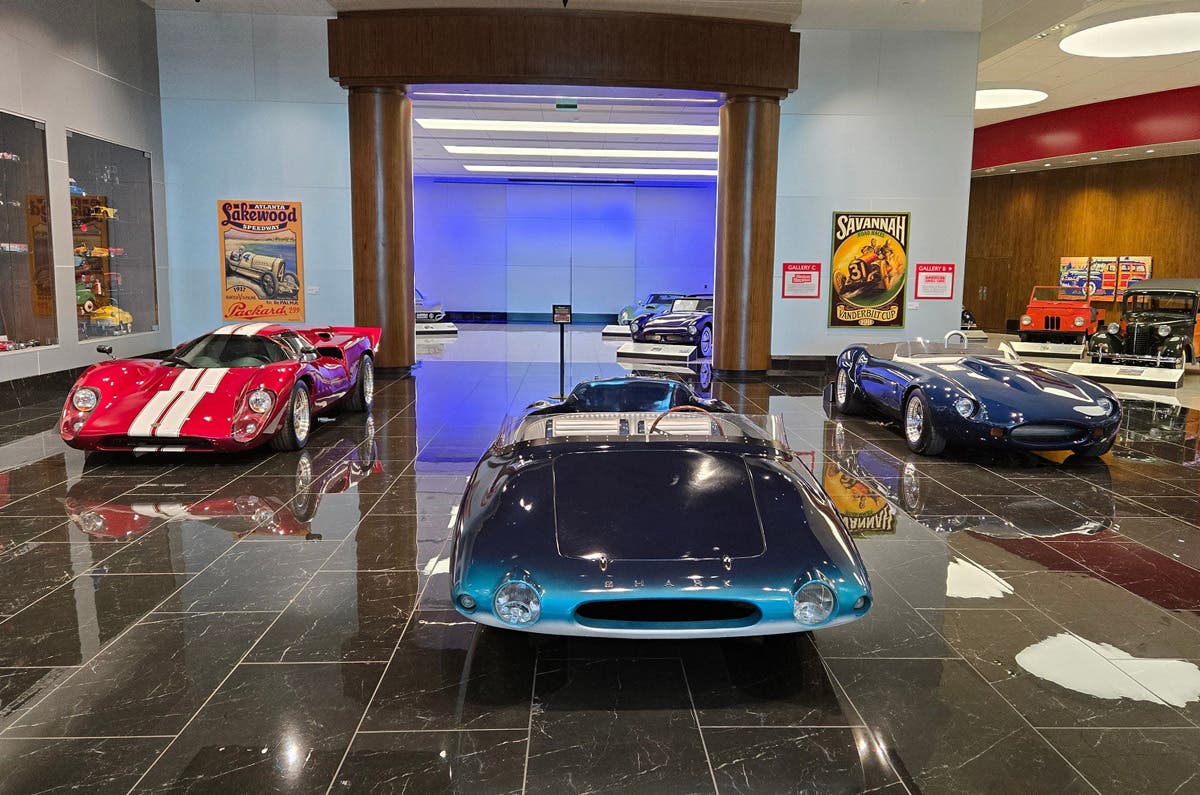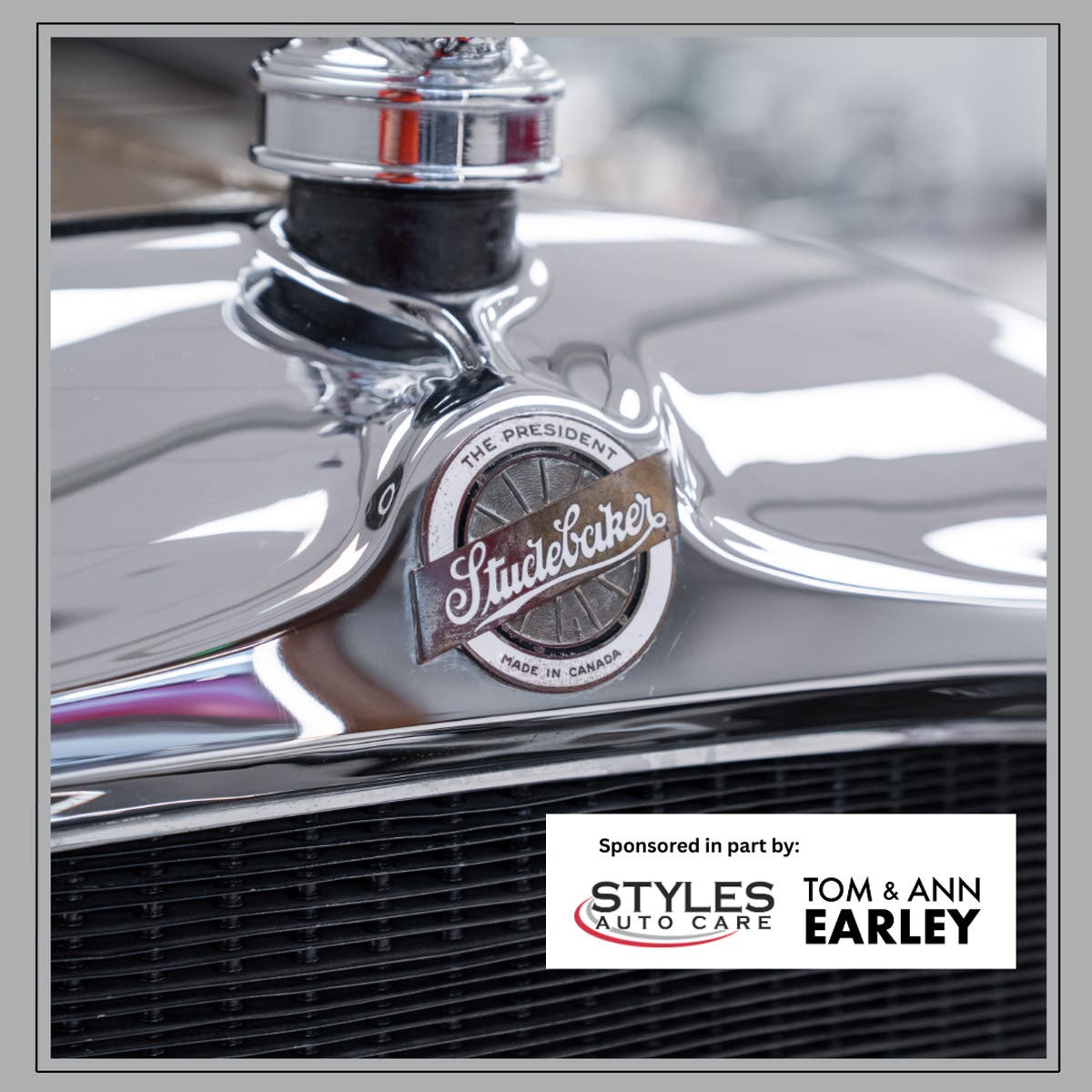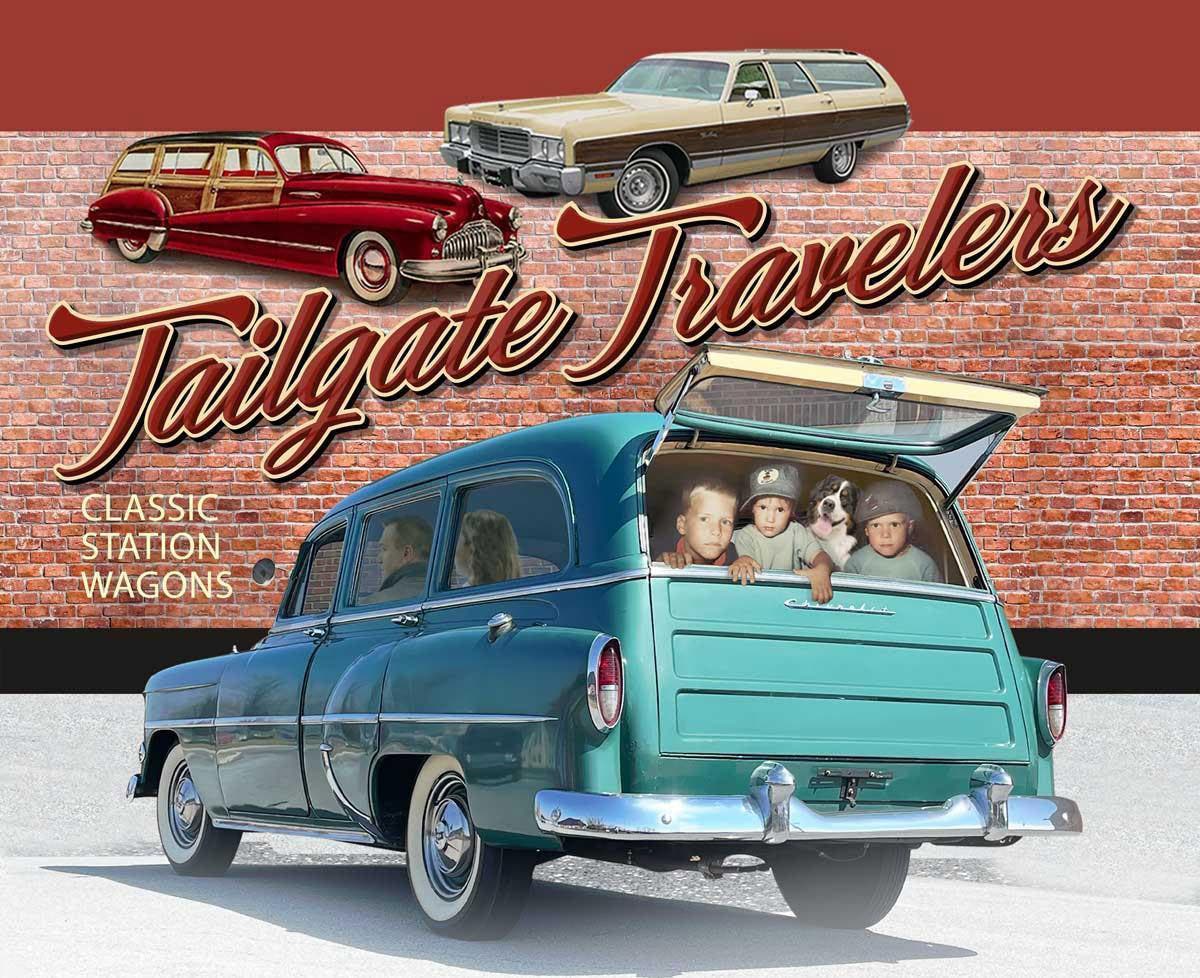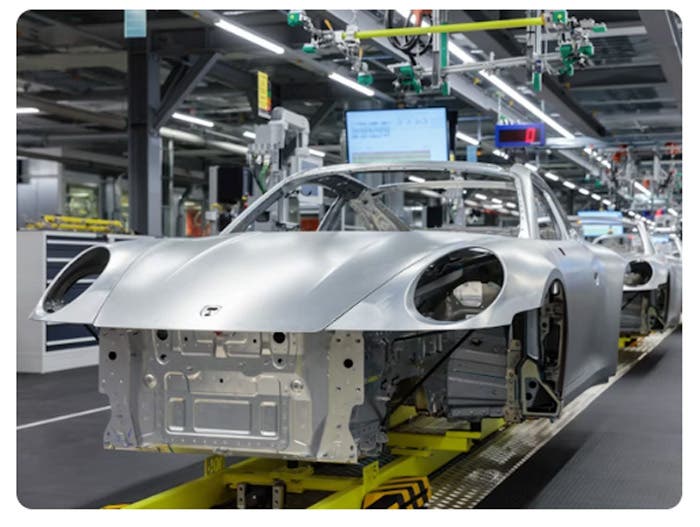The year 1963 was going to be a big one for Pontiac. Ned Jarrett and Paul Goldsmith were stars of the hour on the NASCAR circuit, and there were lightweight experimental and Super Stock drag cars. But this was also the year Pontiac pulled the plug on its racing program due to pressure from GM corporate brass in January; as the Super Duty program wound down, one final Pontiac stocker made it out the fabled climb up Pikes Peak in Colorado, held over the July Fourth weekend in 1963.
The final Super Duty Catalina built, restored by Bob Hancock for muscle car collector Floyd Garrett. It's a hybrid of aluminum and steel pieces, different from the NASCAR and drag car versions going together at the time.
In its 41st running that year, the dirt-road hill climb had just come under USAC's control. Veteran hill climb racer Johnny Mauro, who had finished eighth in the 1948 Indy 500, and later founded a Colorado truck driving school, drove this Catalina, which was the sole GM entry in the stock division that year. The reason most people never heard about it was because engine problems on the very first practice run ended the effort, and Mauro could not get spare parts in time for actual qualifying two days later.
A big eight-lug spare is in the trunk.
Like the other 1963 Catalinas built specifically for performance use under the Super Duty banner, these were not for the street. The well-developed 421-cid engine package featured a special cam, aluminum parts and a beefed-up bottom end for racing use, thanks to engineer Malcolm McKeller. Compression was a stout 12.0:1.
Topped with a polished air cleaner, the 421-cid single four-barrel was rated at 390 horses.
Atop the NASCAR engine's aluminum intake was a big Carter AFB 625-cfm carburetor, which gave it a conservative horsepower rating of 390 horses at 5,800 rpm (note: stouter Super Duty 421-cids were rated at 405 and 410 horses with twin AFBs; the single-four package was all that was legal in the stock class for Pikes Peak that year). The engine's exhaust was augmented by a set of special cast manifolds that spit out the exhaust at cutouts.
The car also received Packard solid core wires, a dual-point Delco distributor and a selection of diet goodies that included aluminum bumpers, hood and hood bracing, inner and outer fenders, valance and radiator core support. However, it did not get the infamous "swiss cheese" drilled-hole chassis treatment that was used by the special Super Duty drag cars. The driveline consisted of a Borg-Warner T-10 and a steep 4.30:1 ring in the rear; it also got the eight-bolt lug pattern wheels common to non-drag Super Duty examples.
Other than a clean-up and replacing the foot panel, the interior is original.
But most importantly, this car has been documented as the final 1963 Super Duty Catalina created in the run of 85 cars. We may never know why Johnny Mauro ended up choosing this fading brand that year, but when this Catalina came down the line on May 16, 1963, the legendary Super Duty program ended.
This Pontiac tach gets our vote for "coolest OEM accessory" on the Catalina.
The car had been in hobbyist circles for several years before collector and museum owner Floyd Garrett acquired it in 2003 from Mark Kuykendahl. Though unrestored, it was very complete, but the decision was made to give it a full ground-up restoration. Bob Hancock of Southern Street Performance in Kodak, Tenn., took on the job. Since the car showed only 5,000 miles on it since new, it had complete documentation, virtually every original part and Bob's work would be disassembly, careful clean-up, research and reassembly, no small order based on the rarity.
The Pontiac brand was deep into racing before GM's infamous 1963 factory ban.
Bob located enough resource materials to know the proper paint and appearance under the hood. This car has all the original wiring, the original suspension pieces (rubber items were replaced, but the Monroe factory race shocks were repainted and reinstalled) and the 421 cid was taken down only to the short block for the restoration.
"The toughest part was matching the paint on the frame pieces," Bob said. "The frame was one shade, the control arms another, and the rear another. We carefully mixed each batch of paint with a flattener to match the parts. Luckily, this car was complete; I basically just rebuilt all of the original date-coded pieces. Even the Delco Moraine brake shoes are original!"
The body was prepped and then shot with code VV Grenadier Red by Richard Winstead. Inside, the seats were not in need of restoration, but one major change was to the frayed firewall insulator pad on the lower kick panel under the dash; Mark Miller at REM in Annsville, Pa., agreed to restore it in return for adding its design to the business' line of restoration products.
In the days before the GTO legend began, the words "Catalina" and "racing" were in the popular automotive lexicon. Pikes Peak was just one venue where the big, lightened cars called home.
The car made its formal debut in the American Musclecar division at the Concours in Cranbrook classic car show in Michigan in 2004, where it was one of just five entries to receive an award.
"I once owned the final 'swiss cheese' Pontiac Catalina drag car," Floyd said, "so it was sort of neat to own the final Super Duty one as well."
Floyd, whose collection already had a couple of Pontiacs, sold the rare machine to a Northwest collector after I shot these photographs. The car harkens back to the final days of GM's early-1960s racing program, and its heritage remains unique among the breed.








